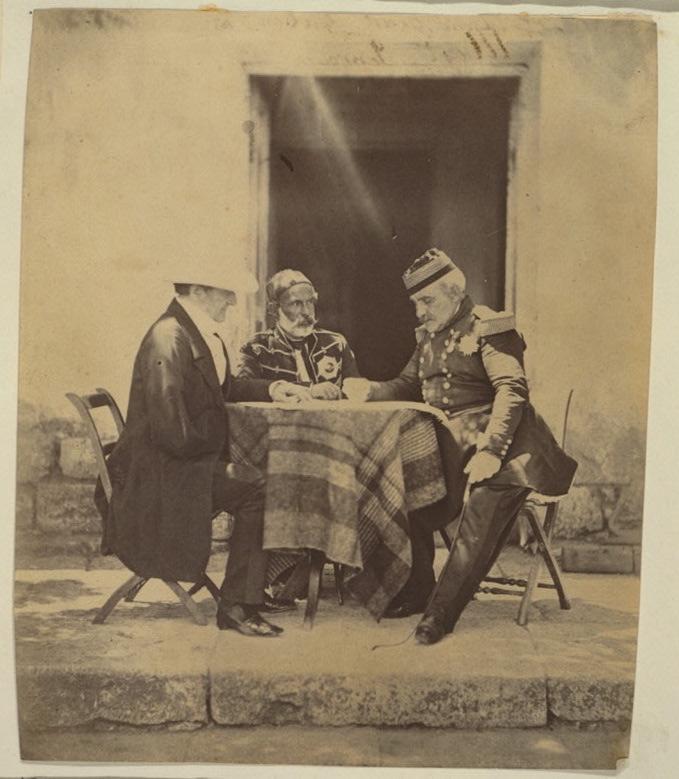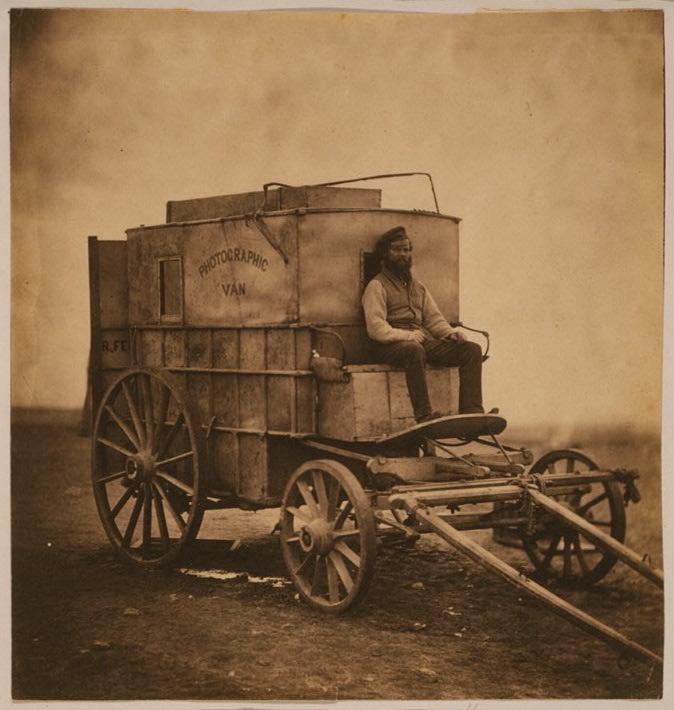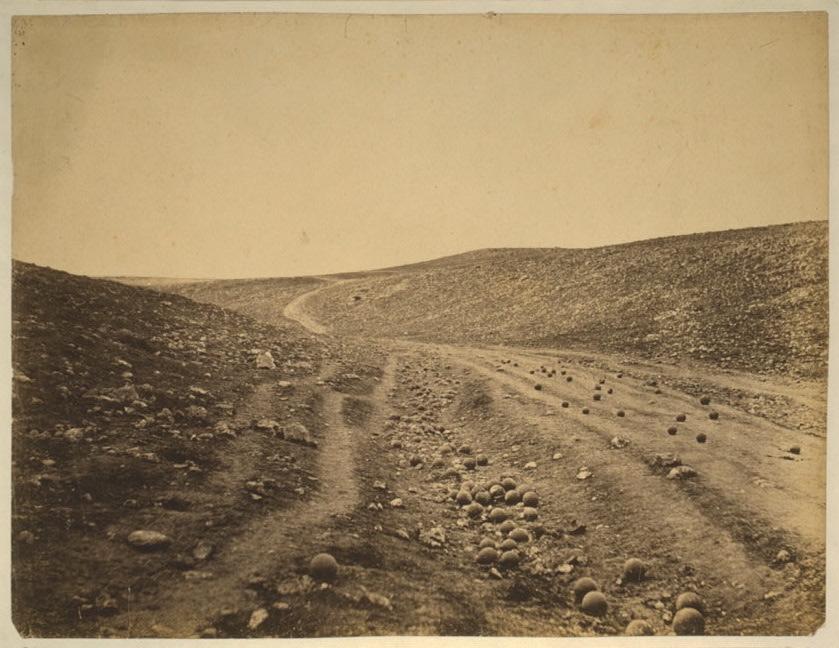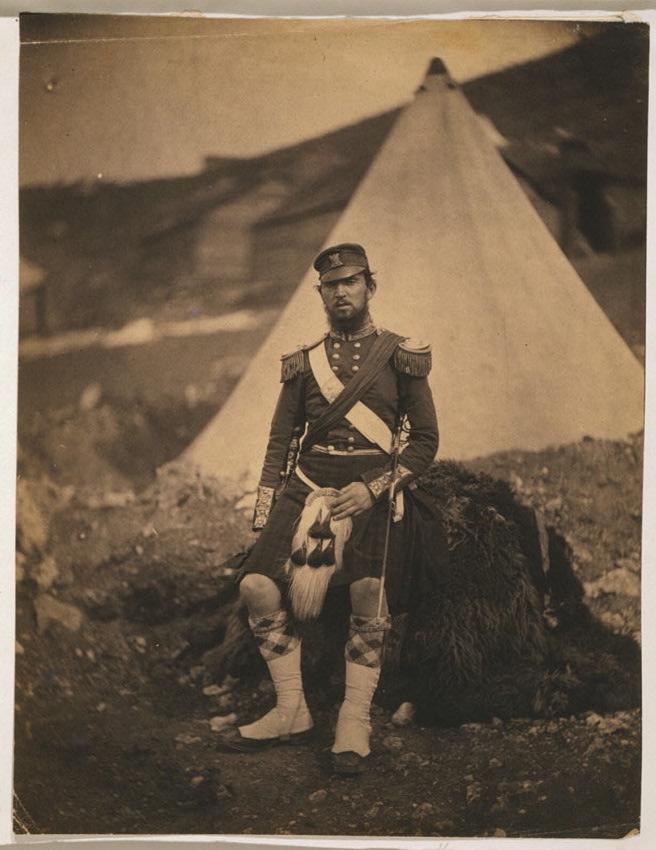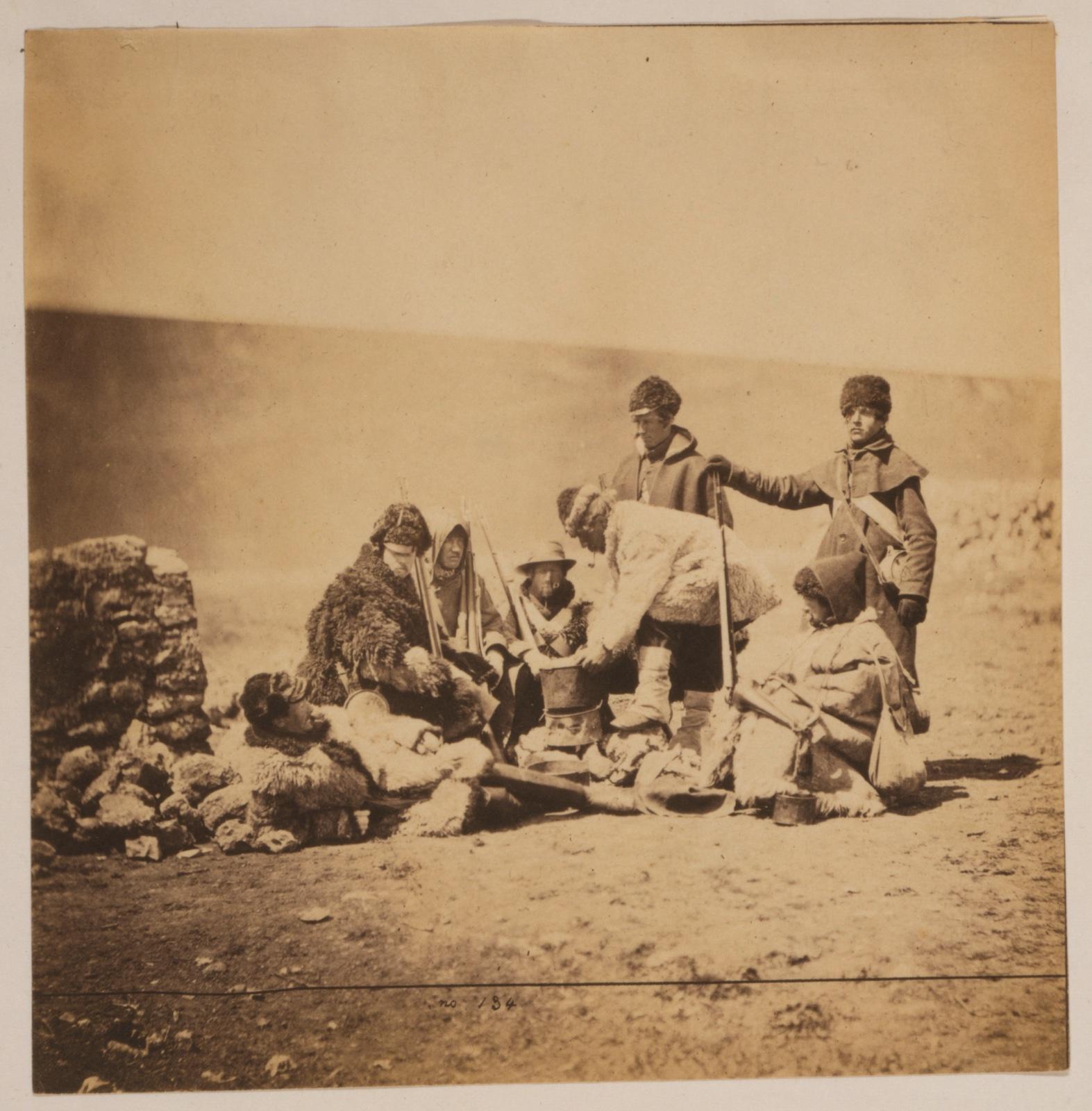The Crimean War, fought primarily on the Crimean peninsula in the Black Sea, originated from the conflicting ambitions of the Russian and the Ottoman Empires. The causes of the war were numerous and longstanding. The Ottoman Empire had been declining since the 1820s and its vulnerability was seen as an opportunity by the Russians to expand territory towards the Mediterranean. Worried that the tension between the two empires would have brought Russian expansion into Europe, France and Britain backed the Ottomans. The war officially began on October 4, 1853, when the Ottoman Empire attacked the Russians in the Danubian region.
The British public was hungry for news of the war and its development. The most famous reportages were written by William Howard Russell, an Irish reporter for The Times, famous for his ability to vividly write about the war. His articles described the difficulties encountered by the British troops and the staggering number of casualties caused by diseases and inadequate medical practices. He also criticized their poor military management.
The British government wanted to counterbalance the negative narrative and decided that the new photographic medium could be of assistance. After a few failed attempts to send a photographer over to Crimea, Roger Fenton was suggested by the publishing firm Thomas Agnew & Sons.
Under royal patronage and government assistance, Fenton sailed to Crimea in February 1855, armed with a wine merchant cart transformed into a darkroom.





